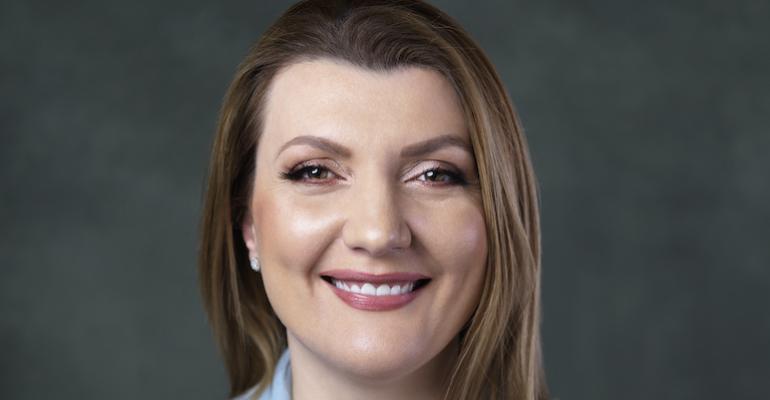In an interview with Seatrade Maritime News recently Despina Panayiotou Theodosiou, CEO, Tototheo Maritime, explained that the rapid development of communications and digital solutions was pushing all parties to become much more agile.
“What I'm seeing in the market is that things are changing very quickly at the rate that we were not used in the past. So, companies need to become more adaptive and more agile,” she explained.
“I don't only mean the shipping companies, but also service providers, like ourselves, and even the satellite operators. We've seen new players coming into the industry and really turning it on its head in a very short space of time.”
Theodosiou sees two factors combining to drive the pace of change, first was the pandemic which accelerated the need for digitalisation in maritime and then the developments in connectivity which further enable to the shift to digital. “These things go hand in hand,” she says.
On the communications side the successful arrival of LEO services for maritime with the launch of SpaceX’s Starlink early this year, and much more recently OneWeb, are resulting in rapid change. “We've had the LEO, satellite services, which are really changing everything we knew about, about connectivity on board,” Theodosiou says.
“I feel that the companies that cannot adjust, whether that's the end user or the service provider, then they will be left behind.”
This agility feeds into the demands of shipowners when it comes to digitalisation and she notes that for especially their larger customers they are now willing to test and try different products something they were not willing to do in the past.
“With digitalisation the product that they're using is actually a service,” she explains, meaning that it is a much lower risk financially to trial a new product. “So, we see many of them testing solutions on two, three or five ships, and then if it works for them, they're willing to roll it out to their entire fleet.” If a particular product does not work for that owner’s needs they move on to try something else.
One of the key beneficiaries of LEO communications are seafarers with the increased bandwith providing a much higher level of service for crew internet than we have seen in the past. Just today Seatrade Maritime’s Twitter account has had a series of messages with smiling crew holding a LEO antenna and another seafarer talking about how “life is good with fast internet”.
Theodosiou notes the industry needs to attract the younger generation to join and that they will want to be connected to their families and involved in their children’s lives. “These are issues that we’ve have had in the past, but they're more prominent now.”
As with other service providers that Seatrade Maritime News has spoken with recently Tototheo Maritime sees owners opting for a hybrid of LEO and VSAT solutions, at least in the next couple of years.
“From our experience, we haven't seen shipping companies using only LEO, of course, they have the VSAT on board, and it’s also for safety reasons,” Theodosiou explains. “So, we see a model of combining different satellite services. And we feel that this is going to be the way forward.”
Copyright © 2024. All rights reserved. Seatrade, a trading name of Informa Markets (UK) Limited.
Add Seatrade Maritime News to your Google News feed.  |

